Life on an Uruguayan estancia
Meat is a huge part of Argentinian and Uruguayan culture (and diet), but we rarely think about where it has come from. A trip to a rural estancia (ranch) in one of these two countries will not only give you a chance to connect with the origins of your food, it’ll give you an insight into the world of the local farmers and gauchos who run the land.
It’s a life far removed from the hyperconnectedness of today; many aren’t even connected to the electricity grid, let alone have telephone or internet connections. It’s true that many are located near big cities and visitors can enjoy a luxurious five-star experience with all the comforts while still getting a taste of estancia life, but others are as basic as they come.
Panagea
We spent three days at Pangaea Estancia, an hour’s drive from Tacuarembo, Uruguay. It’s the farm and family home of Juan and Susanna, a lovely couple who try to give visitors an experience of life on an estancia, while providing a pleasant and comfortable place to stay.

On the first night, Juan welcomed us to the estancia and explained the rules and what we’d be doing; in the meantime, Susanna was preparing dinner. We served ourselves and took our plates to the kitchen afterwards; we weren’t expected to wash up, though they did request the help of volunteers in preparing lunch and dinner on the subsequent days.
The six bedrooms had up to four beds in each: the two couples in our group were happy to find that there were two rooms with double beds. All of the beds were comfortable and made up with incredible feather duvets and pillows: a touch of unexpected luxury. Bathrooms were shared and basic, but clean and well-stocked with toilet paper, and water and snacks were always available.
Horses
On day two we headed down behind the house to a corral where our horses were waiting. Juan explained how to saddle a horse gaucho-style, and helped us do it for ourselves. We spent the morning riding around the estancia and getting used to our horses, which had been selected according to our horseback riding skill.
After a delicious lunch, prepared outside over an open fire, we headed back out again, this time to work. Juan and Bilinga took us to a distant field and taught us how to round up the sheep and lead them to a corral not far away. It turned out to be pretty simple: get behind them and they’ll move forward. Once in the corral the lambs needed to be caught and drenched: one person held the lamb, another sprayed a liquid into its mouth, a third chalked its head to indicate that it had been seen to. Juan also had to tag the youngest lambs, as well as docking the tails of some and castrating others. He worked quickly and efficiently, and the lambs didn’t seem too concerned about the whole experience.

Later, we all headed to another field to move some cattle from one field to another; they were easier to move than the sheep had been, they certainly complained a lot less — though they did show a certain propensity to have sex while walking along.
Dinner felt well-deserved after a day on horseback. We settled down in the lounge with a glass of wine or beer each (available by the bottle at very cheap prices) and enjoyed the open fire, then snuggled into our fluffy duvets to the silence of the countryside.
Day three
The next day was more of the same: optional riding in the morning and afternoon, accentuated by excellent meals. We made the most of the three hours of generated electricity in the evenings to watch a movie and charge our electronic devices, or read a book from the library. When the lights went out at 9:30, people started drifting to bed by candlelight.
Day four was our departure day: a 9am goodbye. Most of us would willingly have spent another day or week in the simple routine of the estancia, away from the speed of life in the city; others of us were relieved to be heading back to the world of the internet and 24-hour electricity. But we all valued the experience and I look forward to repeating it soon.
We visited the Pangaea Estancia as part of the Intrepid Buenos Aires to Rio Unplugged tour.

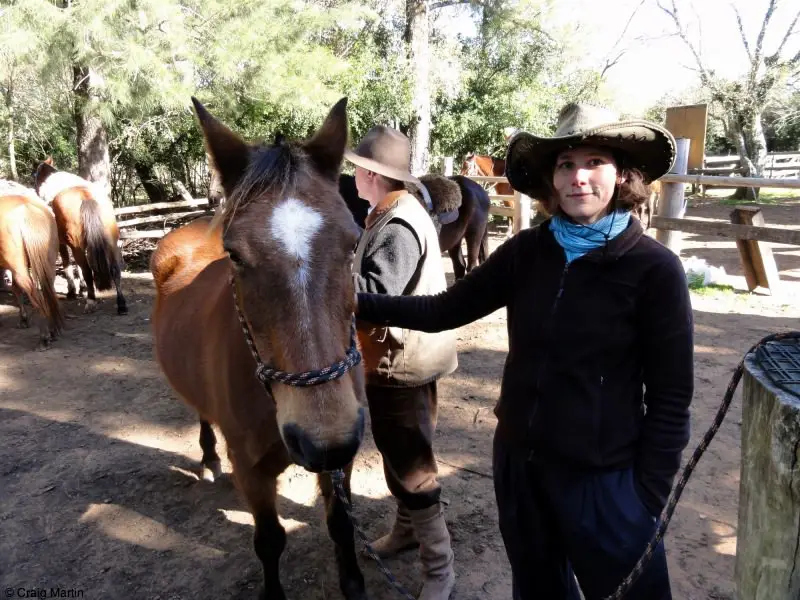
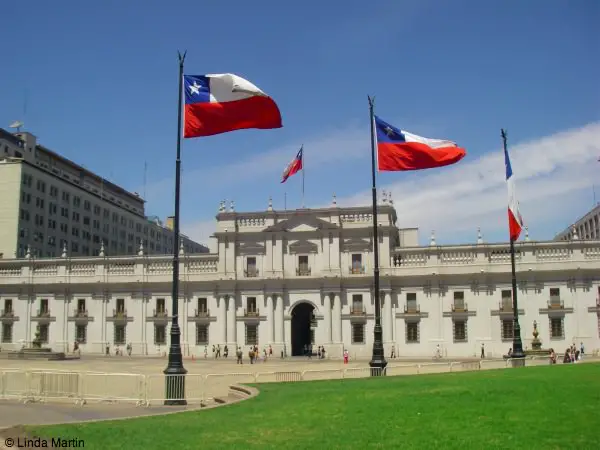


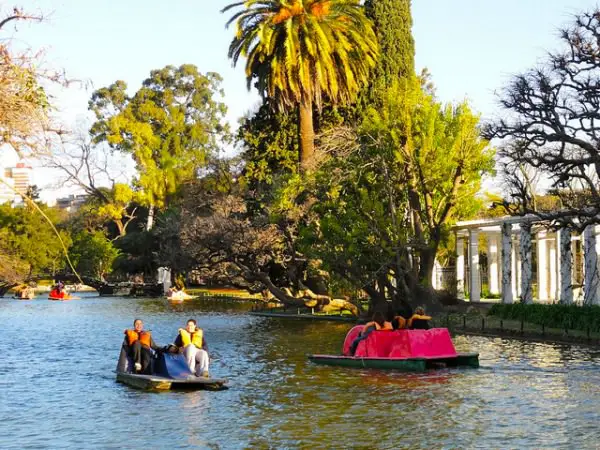
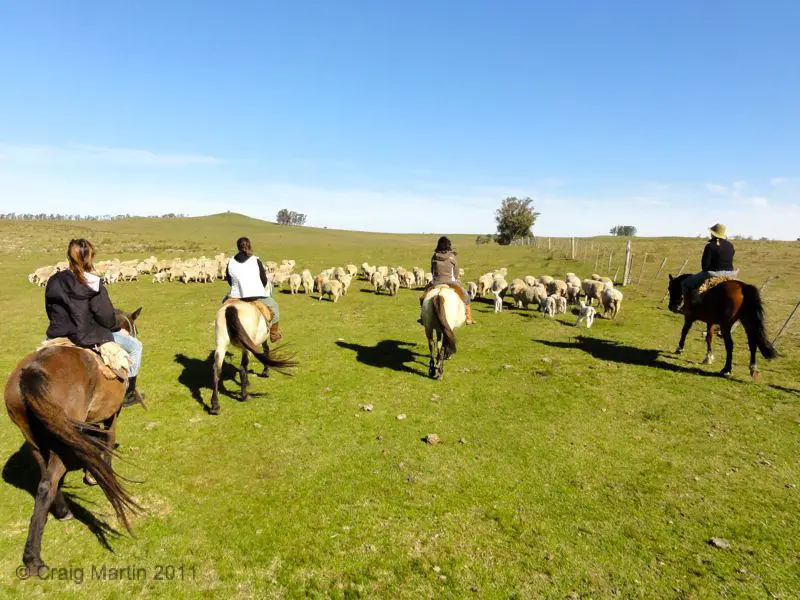
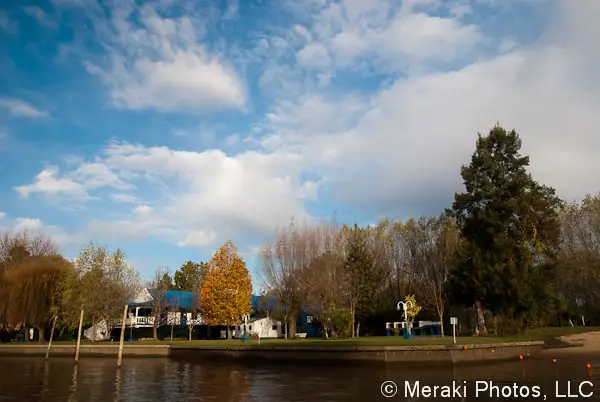
Hey Linda..i hope you enjoyed your most precious trip in your life. Uruguay is a very beautiful country having joyful people and tremendous culture. Thanks for blogging and sharing that movement with us.
Thanks — we had a great time, I’d love to go back. 🙂
Hi Linda, great article about the country of Uruguay North of the Black River, another Uruguay. Not the flashy Punta del Este which is an Argentinian version of Miami Beach.
Salto and the North, across the Rio Negro is where most fruit and vegetables grow and where the great cattle is bread, all controled and very precisely maintained. That’s why it’s called the Switzerland of South America. Although things have changed we like to call Salto, the Switzerland of Uruguay. http://www.casawirth.com welcome you on you next trip to find out what happens on the Estancia Don Pipo, where there is another Swiss lady running it, Christine von Bonstetten.
https://www.facebook.com/EstanciaDonPipo/
Thanks for your comment! We really loved our time in Uruguay, especially the estancia.